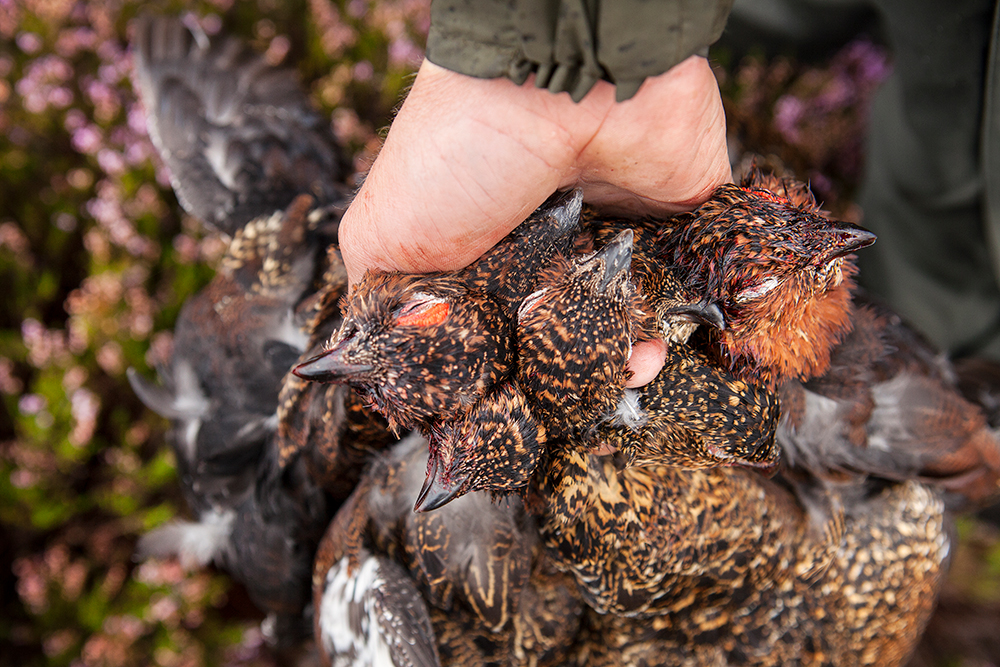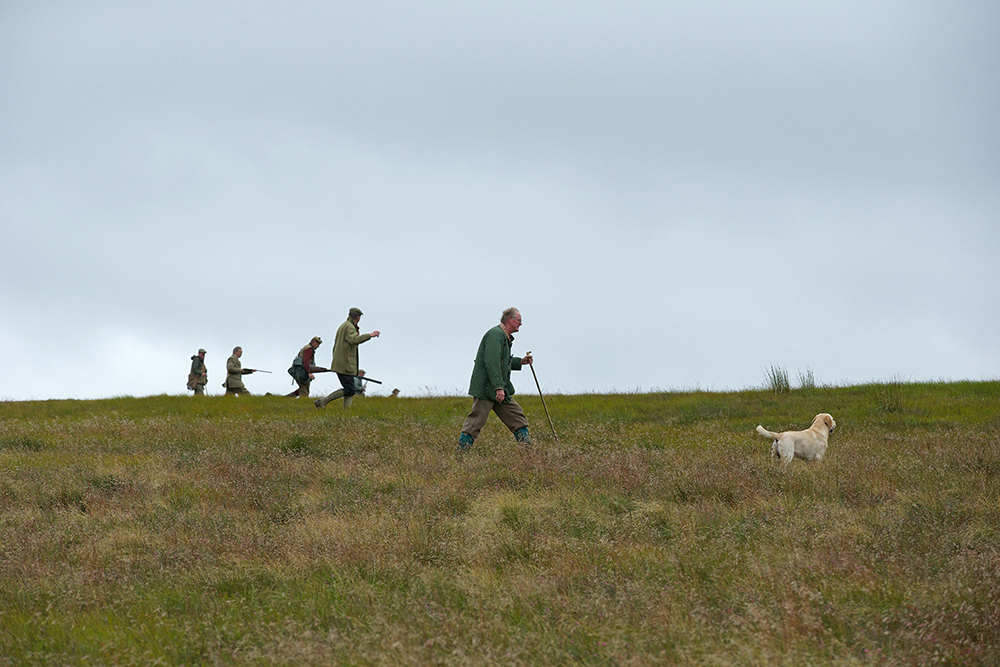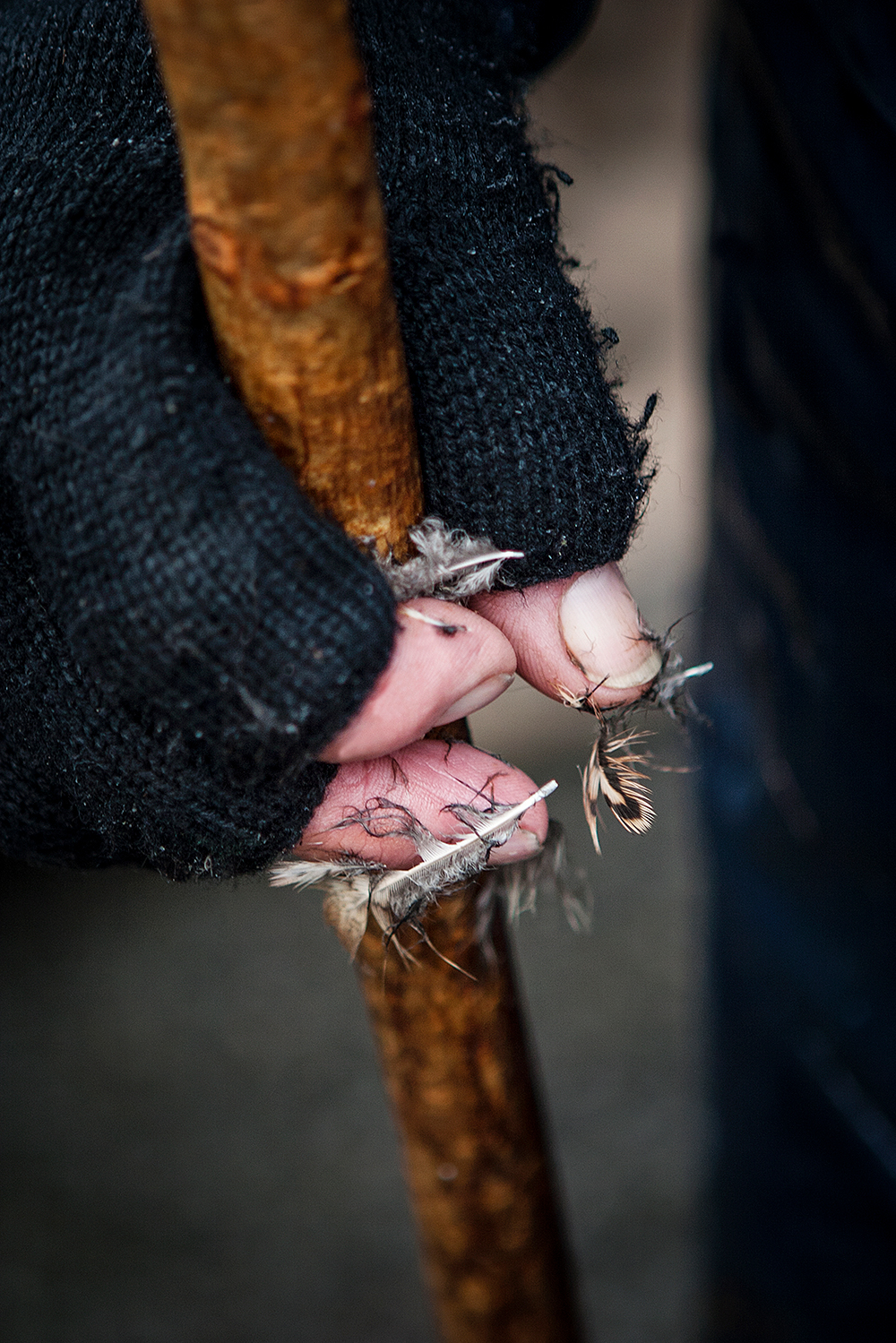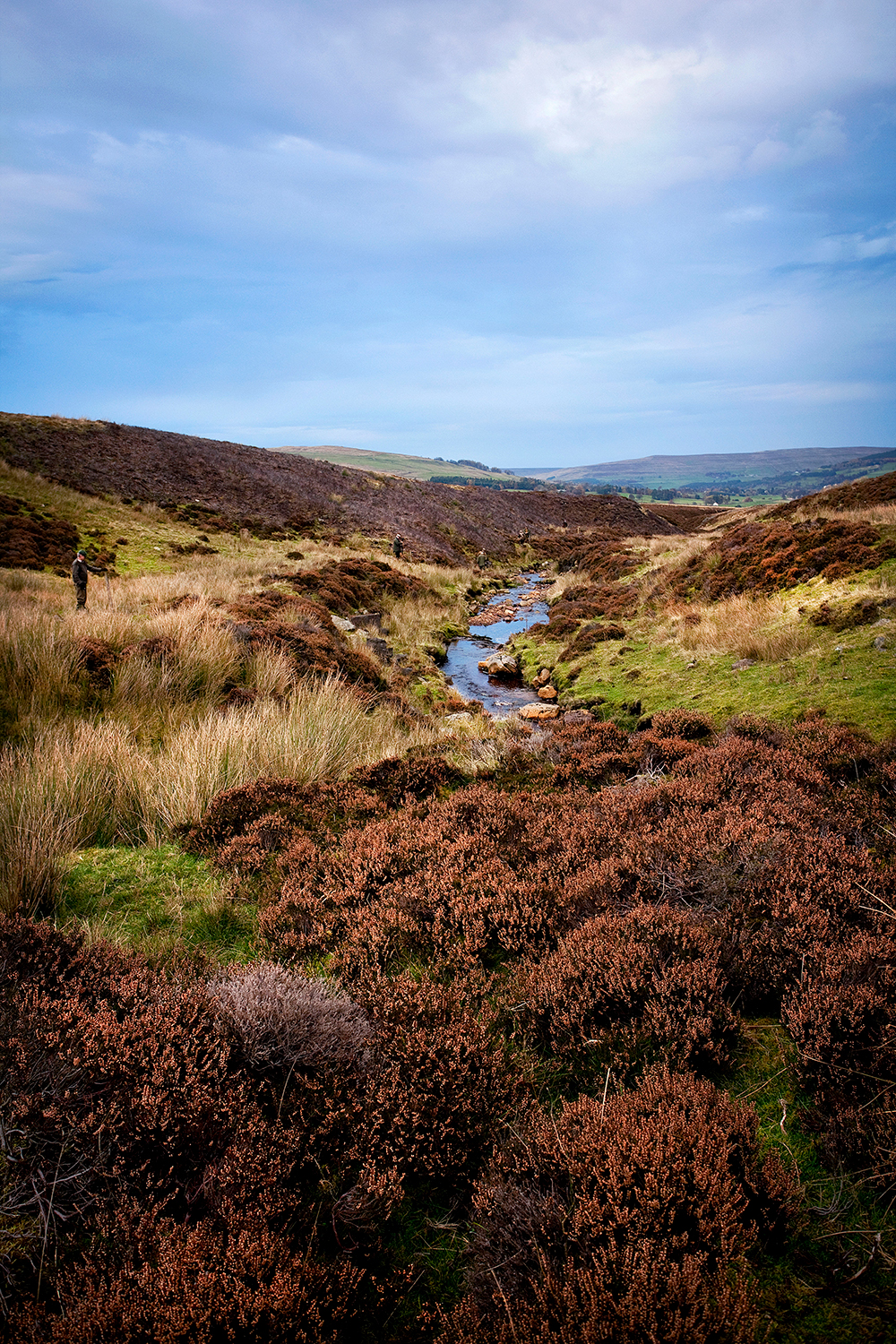Custodians of the Countryside

The development of gamekeeping has, to a degree, followed the advancement of sporting arms. In the British Isles, the invention of the muzzleloading gun in the early 17th Century added a new dimension to hunting: Gathering wild game became more than a necessity of survival—it was now a sporting endeavor. The development of sporting firearms, and the subsequent leisure-time philosophy of hunting for sport, revolutionized game management, as land owners began to care for the environment with the benefit of birds and animals in mind. And so the duty and profession of gamekeeping originated. This labor-of-love profession has its rewards, but they are not necessarily monetary. The compensation is a life spent outdoors.
Gamekeeping has changed little today since the introduction of driven shooting in the 1840s and its popularization by the Prince Consort in the 1850s. The practice remains fundamental to the sporting landscape enjoyed by so many in the British Isles.
Initially, the new sport of hunting consisted of walking up birds with pointing and setting dogs, which would locate and hold the game. The development of breechloading shotguns brought not only increased safety but also reduced reloading times. Indeed, the latter contributed to the growing popularity of driven game shooting in the mid-1850s. During the Victorian and Edwardian eras, a time many consider to be the golden age of driven shooting, sourcing food was a costly exercise. Poor families simply could not afford to purchase meat regularly. Game, in particular, was prized. Economic inequality presented serious challenges: While the gamekeeper was tasked with safeguarding his crop of wild birds, as well as rearing and releasing large numbers of supplemental pheasants, his nemesis the poacher worked around the clock to fill his own larder. In those days, gamekeeping was a dangerous profession, and confrontations between keepers and poachers—some resulting in one or the other party paying the ultimate price, death—were all too common.
The end of the Edwardian era coincided with the start of World War I, and signaled a dramatic change in the world of the gamekeeper. At this time, approximately 23,000 gamekeepers were employed in the United Kingdom. Because of their outdoor skills, many were encouraged to enlist as part of the war effort.

Following the cessation of fighting, those keepers who survived the Great War invariably were physically or mentally scarred by their experiences. Many never returned. The UK royal family’s Sandringham Estate alone lost nine keepers during the “war to end all wars.” Those who did return often received news they were without work, mainly due to new taxes levied on landowners to help settle government war debts.
The large UK estates remaining after the war, particularly those that had previously employed teams of gamekeepers, moved their focus from sporting activities to food production, a trend that continued throughout the interwar period and increased markedly during World War II.
While driven shooting did resume after World War II, the sporting landscape had changed forever. Now driven shoots, where available, were organized not only for the benefit of estate owners and their friends, but also increasingly sold to syndicates of paying customers (known as guns) that were formed to share the costs. Although the manner in which wingshooting was organized in Great Britain had changed, the role of the gamekeeper endured.
Nowadays, the sport these dedicated men and women are tasked with producing remains little altered through the centuries. It’s true that their day-to-day work has changed due to economic realities, as well as modern machinery and science. For instance, though many estates previously employed teams of beat keepers whose work was overseen by a headkeeper, now many gamekeepers work alone.

While the efforts of gamekeepers often are unseen, particularly by those outside the field-sports community, they are fundamental to the health and beauty of the British countryside. The field craft of the gamekeeper is passed from generation to generation and embodies an unrivaled connection to the natural world—part art and part science, you could say. Gamekeepers toil year-round to deliver arguably the world’s finest wingshooting experience for guests. And while the fruits of their labors are evident each time a shooting party is held at an estate, their efforts throughout the rest of the year—efforts that provide the wonderful bounty of a driven shoot—go largely unrecognized.
The British gamekeeper’s sporting calendar begins on February 1—the date marking the close of the general game-shooting season. First, the gamekeeper must focus on predator control to provide a safe environment for those birds that survived the season. The lowland keeper will also improve woodland and other crucial bird habitat in this early part of the year. At this time, gamekeepers may also gather the remaining pheasant and partridge to serve as breeders. Further, the moorland keeper will burn areas of moorland heather to provide the patchwork effect of plant succession so vital to the life cycle of red grouse.During the spring, the keeper will continue to provide food and grit to the birds to supplement the scarce wild food reserves and to ensure they are fit and healthy for the breeding season. As the weather warms and fresh greens emerge, the male birds begin to define their territories. Now the red-legged and grey partridge and the red grouse all form pairs, while the polygamous pheasant parades around to attract a harem of hens.
Early summer is a new era as chicks hatch and broods begin to emerge from the newly lush undergrowth. At this time, the gamekeeper is responsible for protecting the wild broods and looking after hand-reared partridge and pheasant chicks. Of course, those keepers working solely on grouse moors focus exclusively on protecting their wild broods, for no grouse are reared in the United Kingdom—each red grouse is a wild bird.


As summer progresses, the grouse broods mature quickly, and the moorland keeper begins preparations for the first shoot day. The tasks include rebuilding stone butts, improving roadways, and topping off the grit piles that are so vital to the digestion of these wonderful birds. Concurrently, the lowland keeper releases the pheasant poults and coveys of partridge, and works to integrate them with their new environment.
August 12, the Glorious Twelfth, marks the beginning of the grouse shooting season in the UK. Sportsmen from around the world come to the moors of northern England and Scotland for a unique sporting experience. The keeper’s many hours of hard work are finally rewarded when the first grouse are driven over the waiting line of guns. Gamekeepers now demonstrate skills not just in habitat management, grouse conservation, and game driving, but also in the coordination of their teams of beaters, who are tasked with driving the birds forward.
September 1 follows soon after and the stubbles of East Anglia see coveys of partridge driven over hedgerows. The gamekeeper works from the back line, marshaling his flankers with military precision.
On October 1, the pheasant season begins, and the keeper’s time is taken up almost exclusively by keeping birds fed and running shoot days. Vermin control and habitat management take a backseat now. Outside of the activity on the shoot day itself, the keeper’s beat must remain undisturbed.
December 10 signals the close of the red grouse season—that is, if winter weather has not brought an earlier, premature halt to the sport. At this time, partridge shooting trails off, and during January the keeper runs his final pheasant days of the season. During these last few days, the keeper encourages his teams of guns to get on top of the cock pheasant population. Too many cock birds will only cause fighting among hens come breeding time in the spring.
The gamekeeper is traditionally offered a day’s shooting at the end of the season for himself and his friends to enjoy, as a reward for a job well done. Keepers also use these last few days to collect their final tips of the year from satisfied guns, which supplement their basic wage. Then it is the first of February and the gamekeeper’s cycle begins anew.
The keeper’s many hours of hard work are finally rewarded when the first grouse are driven over the waiting line of guns. Gamekeepers now demonstrate skills not just in habitat management, grouse conservation, and game driving, but also in the coordination of their teams of beaters, who are tasked with driving the birds forward.
























